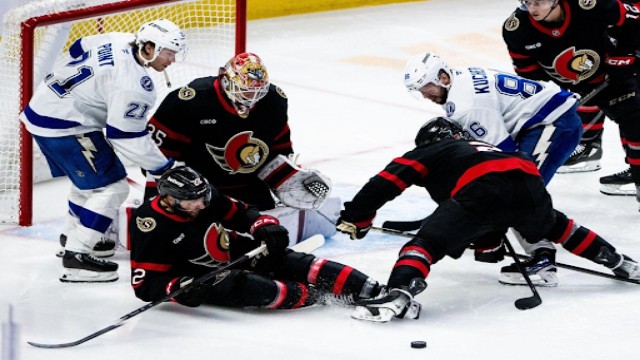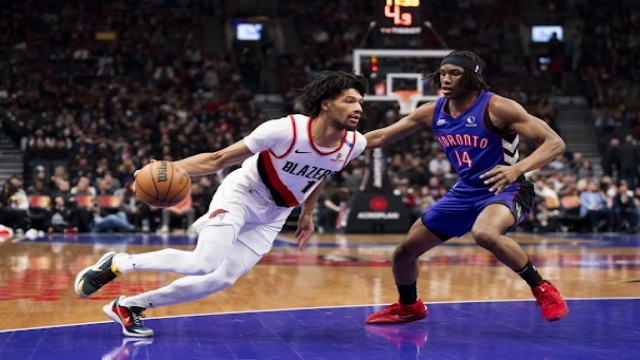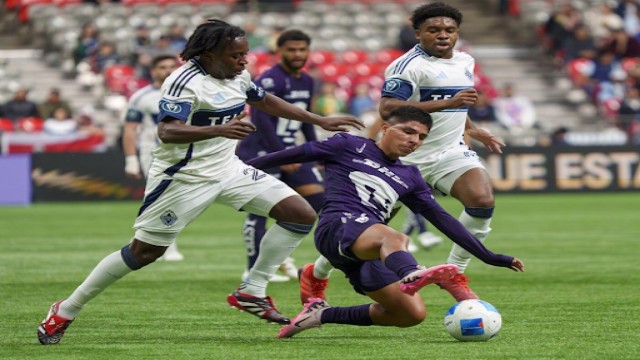
French football sensation Kylian Mbappé has decided against participating in the Paris Olympics this year.
Kylian Mbappé and Lionel Messi had their hearts set on competing in the Paris Olympics, but FIFA’s stringent rules have shattered their dreams, and those of many other top men’s soccer players. The age-old power struggle between FIFA and the International Olympic Committee (IOC) is to blame, resulting in strict roster restrictions: only three players over 23 are allowed per team, and clubs have the final say on player releases.
For Mbappé, a native of Paris, the Olympics held a special allure, but even the support of French President Emmanuel Macron couldn’t sway Real Madrid, his club. The club’s decision, explained French teammate Aurélien Tchouaméni, is final: “If Real Madrid says no, that’s it.”
This isn’t just an issue for Mbappé; many top talents are sidelined because their clubs won’t release them. Out of the world’s top 100 players, only two — Argentina’s Julián Álvarez and Morocco’s Achraf Hakimi — will compete in Paris.
Instead, most of the 288 players will be emerging talents or seasoned players. Notably absent will be any U.S. men’s national team regulars from the 2024 Copa América, including stars like Gio Reyna. The few exceptions are MLS players Walker Zimmerman, Miles Robinson, and Djordje Mihailovic, aged over 23.
These rules have turned Olympic men’s soccer into something of a junior varsity competition, intentionally kept below the stature of FIFA’s prestigious World Cup. This historic rivalry between FIFA and the IOC dates back to soccer’s early days, when FIFA established the World Cup to overshadow the Olympics.
Initially, soccer was at the pinnacle of the Olympics until FIFA decided to promote its own global tournament. The friction between FIFA’s commercial ambitions and the IOC’s amateurism ideals led to soccer being intermittently excluded and reinstated in the Olympics over the decades. By the 1980s and ‘90s, FIFA compromised by limiting Olympic participation to under-23 players, later allowing three overage players starting in 1996.
FIFA further asserts control through its international calendar, which mandates when clubs must release players for national team duty during major tournaments like the Euros and Copa América. However, since the Olympics aren’t on FIFA’s calendar, negotiations between clubs, players, and national teams become contentious.
Gregg Berhalter, coach of the U.S. men’s national team (USMNT), faced significant hurdles assembling his Olympic squad due to club refusals. European clubs begin their pre-seasons in July, making them reluctant to release key players for the Olympics just weeks later. Despite negotiations, clubs like PSV Eindhoven, Monterrey, and Coventry City declined to release U.S. hopefuls like Ricardo Pepi and Malik Tillman.
The overlap with tournaments like the Copa América further complicates matters. Countries like Argentina, France, and Spain prioritize their top players for these tournaments, aware of the physical toll of competing in both the Copa and Olympics back-to-back.
For the U.S., whose team largely differs between the Copa América and Olympics, only MLS player Miles Robinson will play both tournaments. Most foreign-based players, like Manchester City’s Julián Álvarez, opt to skip the Olympics to focus on their club duties.
Despite these challenges, the restrictions may level the playing field, offering teams like the USMNT a chance to compete against similarly weakened squads. Unlike the stacked competition seen in the World Cup, where powerhouse teams dominate, the Olympics see limited berths per continent, featuring nations like Israel, Ukraine, Iraq, and Mali alongside traditional powers.
While France, Argentina, and Spain remain favorites, the U.S. — returning to the Olympics after 16 years — sees an opportunity to contend for a medal. Their journey begins with a highly anticipated match against France on July 24 in Marseille.















